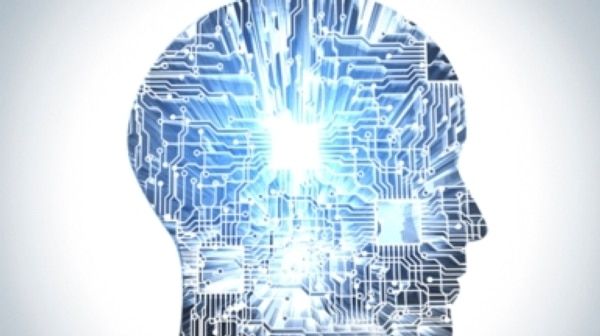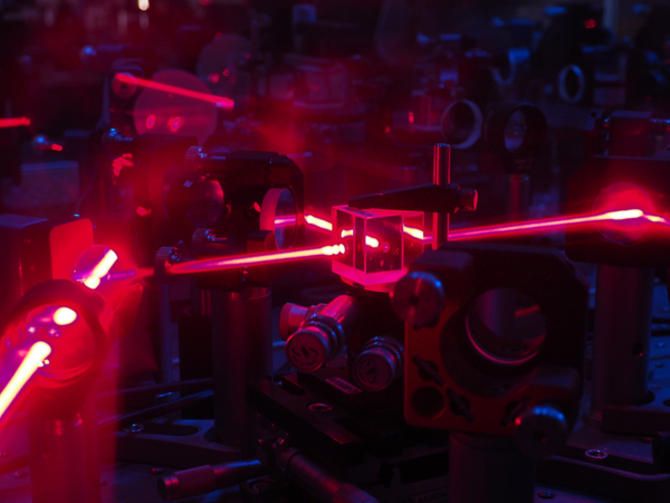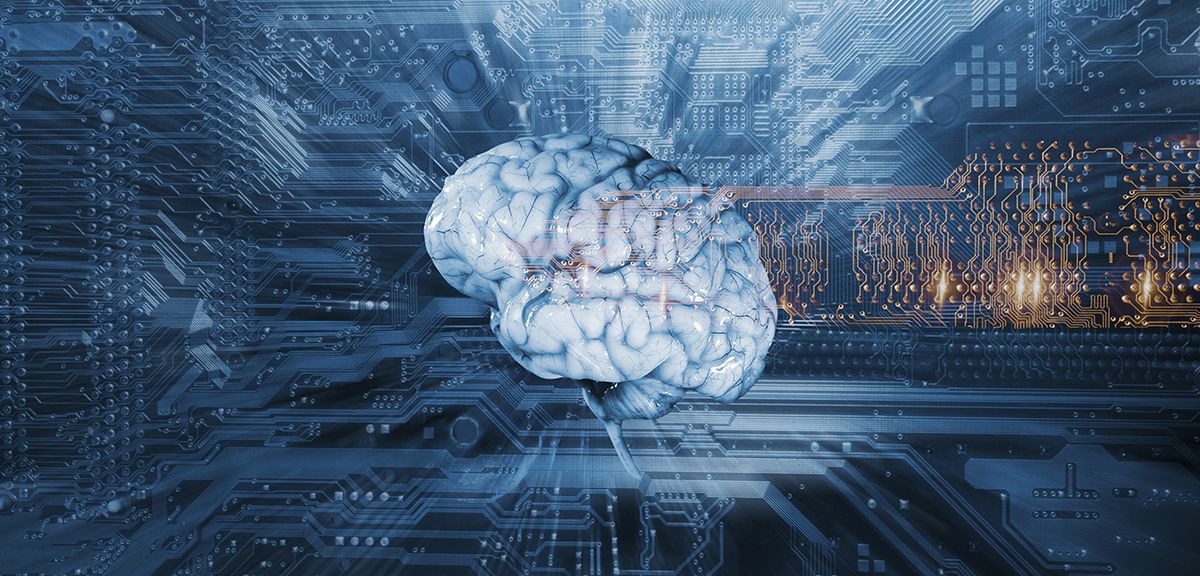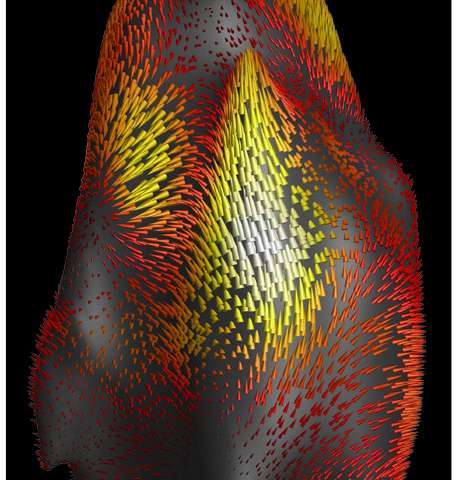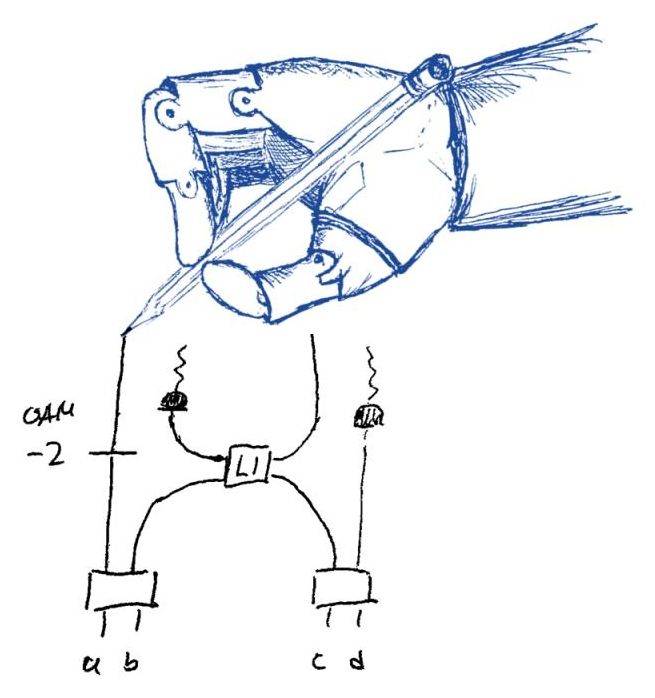Mar 8, 2016
The U.S. Government Launches a $100-Million “Apollo Project of the Brain”
Posted by Karen Hurst in categories: computing, government, information science, military, neuroscience, robotics/AI
US Government’s cool $100 mil in brain research. As we have been highlighting over the past couple of months that the US Government’s IARPA and DARPA program’s have and intends to step up their own efforts in BMIs and robotics for the military; I am certain that this research will help their own efforts and progress.
Intelligence project aims to reverse-engineer the brain to find algorithms that allow computers to think more like humans.
By Jordana Cepelewicz on March 8, 2016.
Continue reading “The U.S. Government Launches a $100-Million ‘Apollo Project of the Brain’” »
